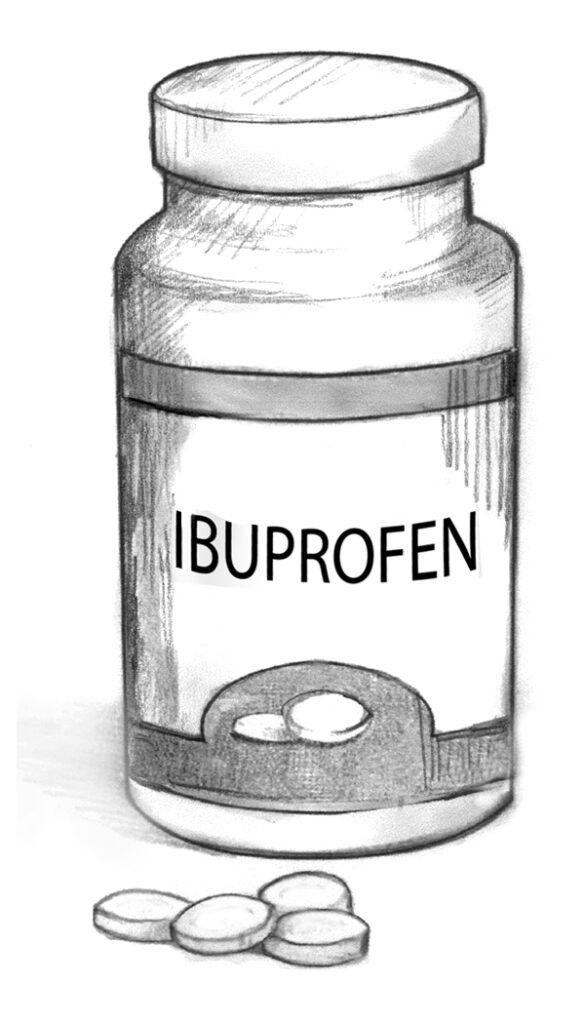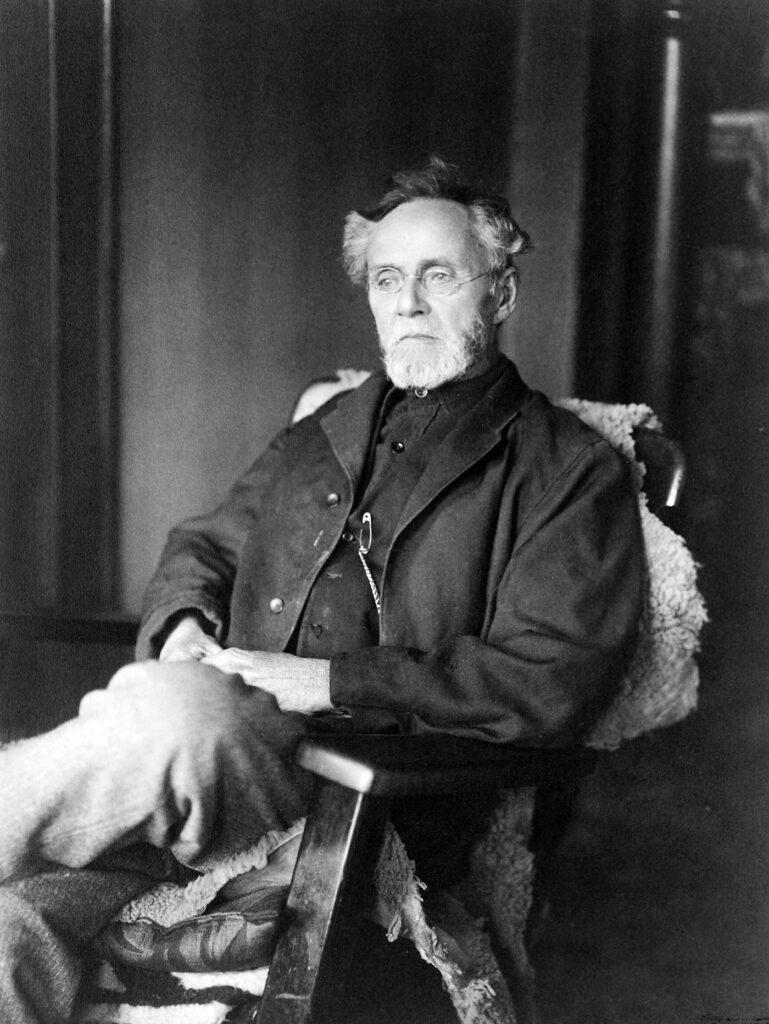In this blog post I wanted to answer the question, “Which is better for pain relief – Osteopathy or drugs?” as I do get asked a question worded similar to this on a relatively regular basis, normally worded like “will it help if I take medicine as well as see you? [for Osteopathy]” along with “can I take pain killers?” or “what about anti-inflammatory tablets? – are they any good?” and “Is it worth me taking any medicine whilst I’m seeing you?”. For the purpose of this blog post, I would like to say that there are many causes of pain and many different body tissue types which can cause it, but suffice to say I am talking generically and this may not be relevant to your individual case.
I would also like to add that I can’t fully answer the question of “which is better for pain relief – Osteopathy or drugs?” for two reasons:

- I’m not a pharmacist and so am not legally allowed to advise whether medication is good for you or not and even if from your own past experience it had been good for you, I wouldn’t be able to recommend any particular one, nor the dosage
- Each and every one of us we will react slightly differently to both Osteopathy and medicine as an approach for gaining pain relief, so in reality, they are both very individual experiences and as such are largely a personal choice. It’s worth bearing in mind though that most times, the benefits of Osteopathy far outweigh the side effects, the same cannot be said for medicines which commonly cause side effects which people disapprove of. For this reason it’s worth investigating further and using this information to inform your decision better.
However – it’s worth remembering that both Osteopathy and medicine do have some common benefits as well as side effects to treatment and I can discuss that – so what are they?
First let’s look at drugs as a means of pain relief and see which could be better for pain relief – Osteopathy or drugs?
Drugs – the pain relieving kind
There are numerous types of drugs for medical use as I’m sure you’re aware, but which are the common ones used for pain relief and what do they do?
Well according to the NICE guidelines there are three main categories of drugs offered for the pharmaceutical treatment of low back pain, they are listed in the table below.
| Type of drug | Most commonly known drug in U.K. | Claimed Benefits | Common side effects (not including the less common, but more serious side effects) |
|---|---|---|---|
| Oral NSAID (non-steroidal anti-inflammatory drugs) | Ibuprofen | Eases mild to moderate pain Controls a high temperature (fever) Eases pain and inflammation Eases pain and swelling (note that recent research has shown that Paracetamol and NSAIDs are ineffective for relieving spinal pain) | Nausea, vomiting, dizziness, headaches, wind, indigestion Many patients who attend for osteopathic treatment take NSAIDs because the believe they help with their symptoms. Approximately 1 in 10 people who take NSAIDs on a daily basis experience persistent headaches |
| Opioid | Codeine | It works in the central nervous system and the brain to block pain signals to the rest of the body. | Constipation, nausea, vomiting, feeling sleepy, confusion, dizziness, vertigo, dry mouth, headaches Participants’ experiences indicated that they became dependent on codeine according to research from 2018 |
| Benzodiazepine | Diazepam | It works by reducing hormones that cause pain and swelling in the body | Feeling sleepy or drowsy, confusion, problems with coordination or controlling your movements, shaky hands (tremors) Recent evidence published in the BMJ suggests that “Considerable uncertainty exists about the clinical efficacy and safety of muscle relaxants. Very low and low certainty evidence shows that non-benzodiazepine antispasmodics might provide small but not clinically important reductions in pain intensity at or before two weeks and might increase the risk of an adverse event in acute low back pain, respectively” |
So how does Osteopathy compare?
Osteopathy – for pain relief
Osteopathy has been used as a natural means of pain relief since 1874 when the term was originally used by Andrew Taylor Still (pictured right) to describe a system of manual therapy consisting of a set of principles for treatment which is of far greater importance than the techniques themselves.
This is the reason why Osteopathy is very different to other manual therapies – the reason WHY something is done is far more important that the technique that is actually done to you.

A system of manual therapy has been around for over 5000 years in the form of a Chinese manual therapy called “Tuina 推拿, or Chinese massage therapy”, although Hippocrates (approx 400BC) and the Ancient Egyptians (between 2500BC-250AD) had their own versions of manual therapy too.
Nowadays, effective manual therapy (Osteopathy) is recommended by the NICE guidelines which are used by the NHS for the treatment of Low Back Pain. They advise Doctors to: “Consider manual therapy (spinal manipulation, mobilisation or soft tissue techniques such as massage) for managing low back pain with or without sciatica.” and Osteopathy perfectly fits this recommendation.
Now we can see it has great credibility, what about the benefits and potential side effects of Osteopathy?
| Benefits | Side Effects |
|---|---|
| Patients report high satisfaction with treatment1 There is good quality evidence supporting the beneficial effects of manipulation for back pain1 | Around half of patients may experience mild, short lived, resolving treatment reactions1. These can include, for example, a temporary increase in pain, aching after treatment, or post-treatment fatigue2 but these are generally very short lived and acceptable. |
| Osteopathy is recommended for sub-acute and chronic low back pain1 The risk of experiencing serious adverse reaction to osteopathic treatment is very small; reports of serious adverse events are rare1 | In a study of osteopathy patients, 10-20% patients reported an increase in pain or symptoms, however, 42% of those went on to make clinically significant improvements compared to base line (9). Most muscle soreness, aching and headache post treatment resolved within 24 hours2 |
| Osteopathy helps with a whole list of pain related conditions, including: Arthritic pain, Rheumatic pain, Joint pains, Lumbago (low back pain), Sciatica, Neuralgia, Uncomplicated mechanical neck pain, Muscle spasms, Cramps, Joint pains including hip & knee pain from osteoarthritis, Generalised aches and pains, Frozen shoulder / shoulder and elbow pain / tennis elbow, Tension and an inability to relax, Headache arising from the neck, Migraine prevention, Circulatory problems, Digestion problems, Fibromyalgia, Minor sports injuries2 |
There was an interesting study which looked at the different ways of getting pain relief which was published in the BMJ in 2021, it had the following findings:
- For reducing pain intensity, the most efficacious interventions at immediate-term follow-up (close to 1 week) were heat wrap, manual therapy [Osteopathy], exercise, NSAIDS and opioids, whereas at short-term follow-up (closest to 1 month), the most efficacious treatment was manual therapy [Osteopathy].
- For reducing disability, similar findings are found in the subgroup analysis showing that heat wrap, manual therapy [Osteopathy], exercise and education for non-pharmacological group and muscle relaxants and NSAIDs for pharmacological group are effective at immediate-term follow-up. Manual therapy [Osteopathy] confirmed the effects also for decreasing disability at short-term follow-up (closest to 1 month)
This shows that the scientific research supports manual therapy (Osteopathy) as a means of getting pain relief.
Summary
So this brings us back to our original question then doesn’t it? “which is better for pain relief – Osteopathy or drugs?” and I already told you I’m not allowed to recommend medicines, so I’ll let you work out the answer to the question yourself, but suffice to say, Osteopathy is generally & scientifically accepted as being a safe, effective and natural way of obtaining pain relief, with minimal side effects, and I for one give a personal note of thanks to Osteopathy and all it has done for me in relieving periods of pain in the past, as well as reducing stress levels and providing me with a much healthier gut – quite simply, Osteopathy is amazing.
Let us know if you’re still undecided between using Osteopathy or drugs to obtain pain relief, maybe talk to us and see if we can help you. Contact us here.


